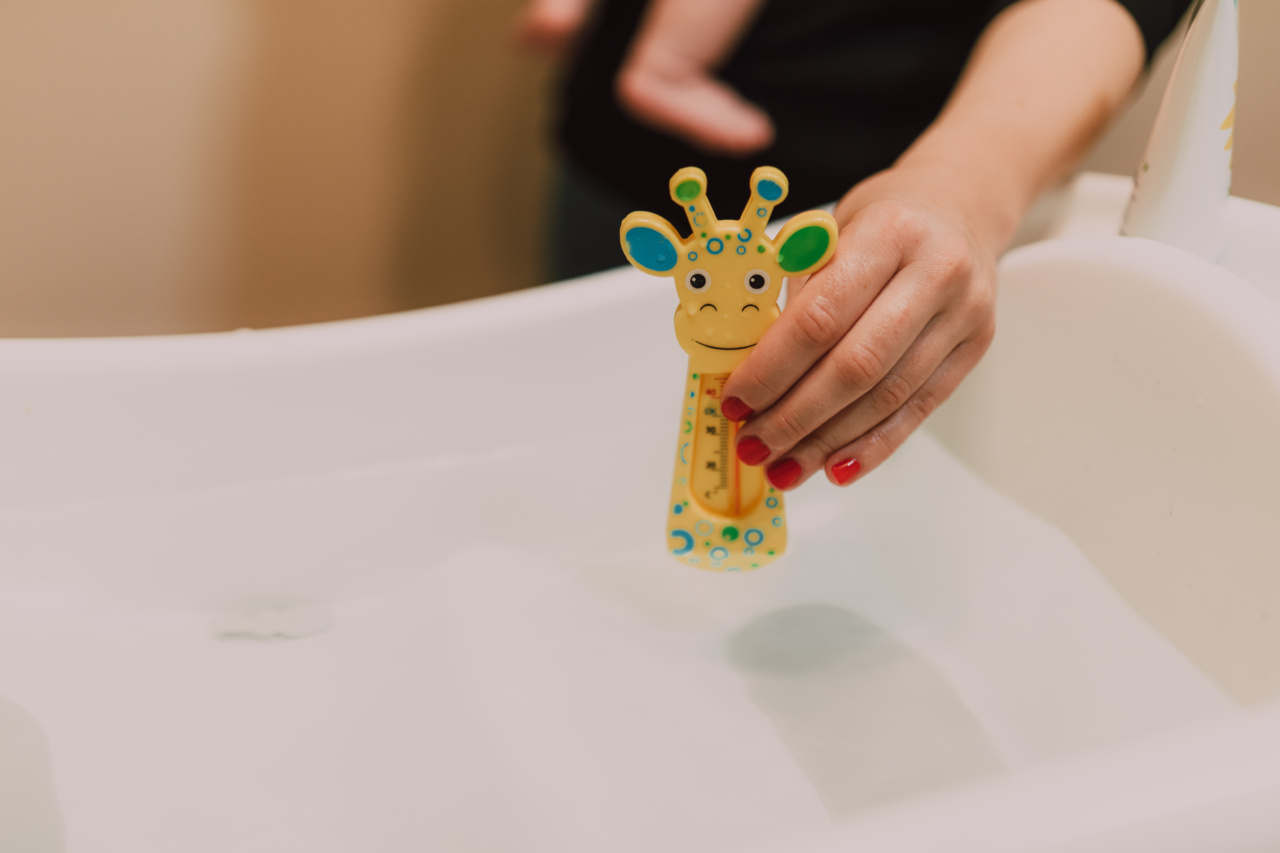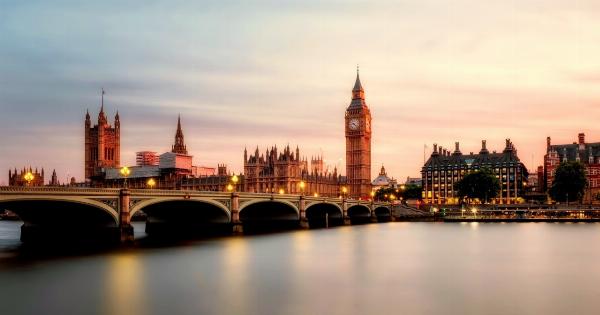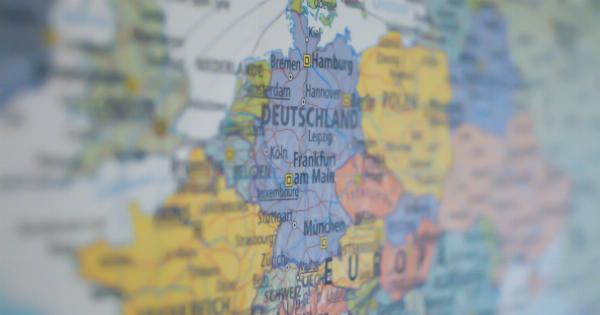Water is an essential component of our daily lives. It is used for various purposes such as drinking, cooking, and cleaning. However, not all water is safe for consumption, especially if it has been contaminated with bacteria.
Bacteria can cause harmful infections and diseases if consumed, which is why it is crucial to know at what temperature water kills bacteria.
What is bacteria?
Bacteria are tiny single-celled organisms that can be found almost anywhere. While there are many types of bacteria that are harmless to humans, some can cause severe illnesses such as food poisoning, typhoid fever, and cholera.
Bacteria reproduce rapidly, which means that even a small amount of contaminated water can contain millions of harmful bacteria.
Factors affecting bacterial growth
Several factors can affect the growth of bacteria in water. Some of these factors include:.
- Temperature: Bacteria grow best in warm temperatures between 40°F and 140°F
- pH level: Most bacteria prefer a slightly acidic environment with a pH between 6.5 and 7.5
- Nutrient availability: Bacteria need nutrients to grow, such as carbon, nitrogen, and phosphorus
- Oxygen: Some bacteria require oxygen to grow, while others can grow without it
- Presence of other organisms: Bacteria can compete with other microorganisms for nutrients and space
What temperature kills bacteria?
The temperature at which water kills bacteria depends on the type of microorganism present. Some bacteria can survive at high temperatures, while others are more sensitive to heat.
Generally, temperatures above 165°F (74°C) are sufficient to kill most types of bacteria. However, water needs to be held at this temperature for a specific amount of time to ensure that all bacteria are destroyed.
The recommended temperature and holding time for killing bacteria in water vary depending on the type of bacteria and the purpose of water use. For example:.
- Boiling: Boiling water for one minute at 212°F (100°C) can kill most types of bacteria, including E. coli, salmonella, and other harmful microorganisms.
- Disinfection: Water disinfection processes such as chlorination and ultraviolet light treatment can kill most types of bacteria at temperatures between 150°F and 160°F (66°C -71°C).
- Pasteurization: Heating water to 161°F (72°C) for 15 seconds can kill harmful bacteria such as Listeria monocytogenes, which can cause foodborne illness.
Water treatment processes that kill bacteria
Several water treatment processes are used to eliminate bacteria from water. Some of these processes include:.
- Chlorination: Chlorine is a common disinfectant used to treat drinking water. It kills bacteria by disrupting the cell membrane and reacting with cellular components.
- Ultraviolet radiation: UV radiation can kill bacteria by damaging their DNA and preventing them from reproducing.
- Reverse osmosis: Reverse osmosis is a water filtration process that removes bacteria, viruses, and other impurities from water by applying pressure to force water molecules through a semipermeable membrane.
- Distillation: Distillation is a process that involves heating water to produce steam, which is then cooled and collected. Distilled water is free from bacteria and other impurities.
Conclusion
Water is an essential component of our daily lives, and it is crucial to ensure that it is safe for consumption. Bacteria can cause harmful infections and diseases if present in water.
The temperature at which water kills bacteria depends on the type of microorganism present, and several treatment processes can be used to eliminate bacteria from water.






























